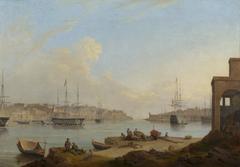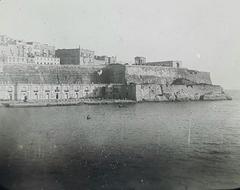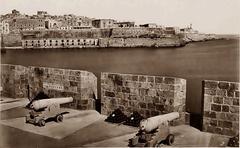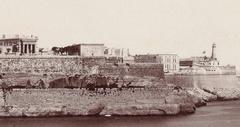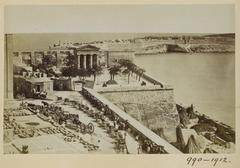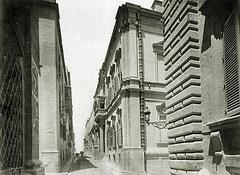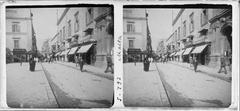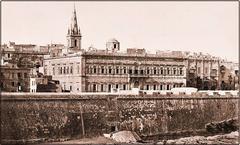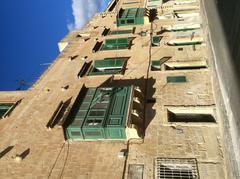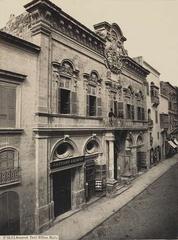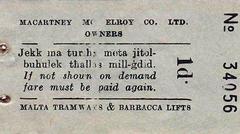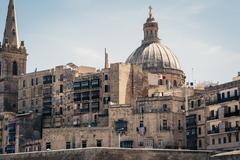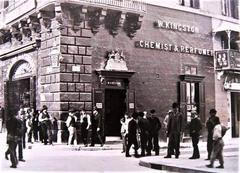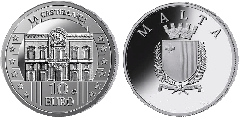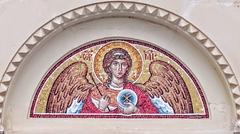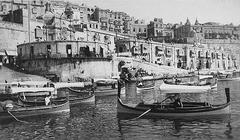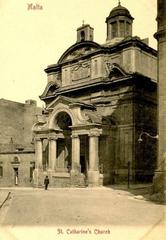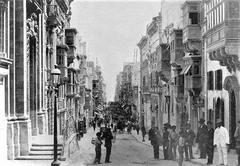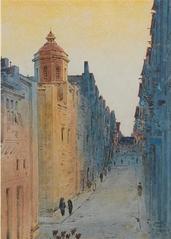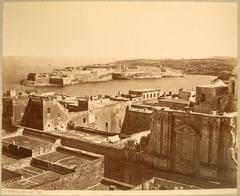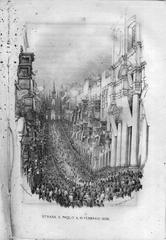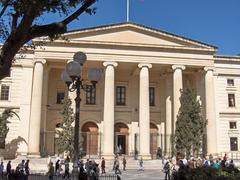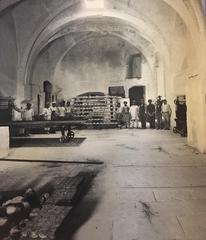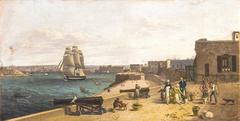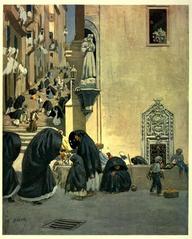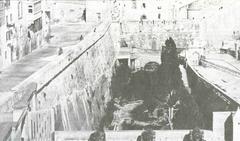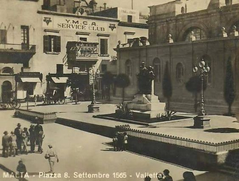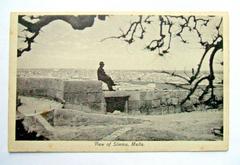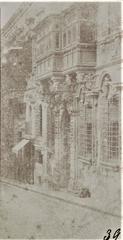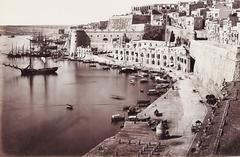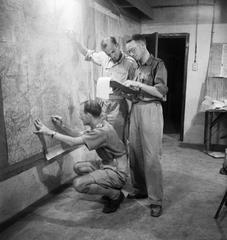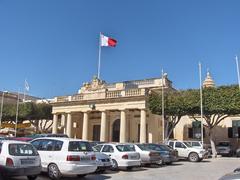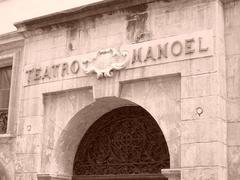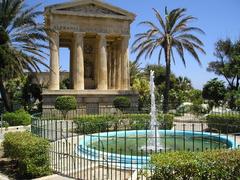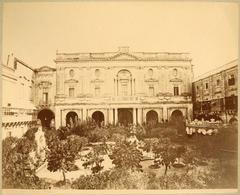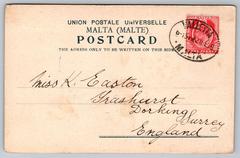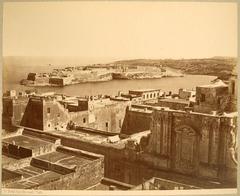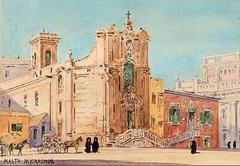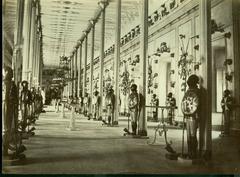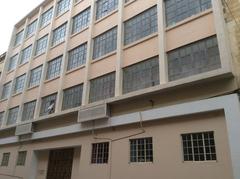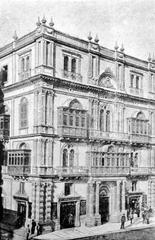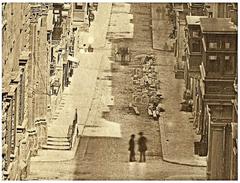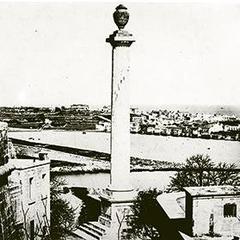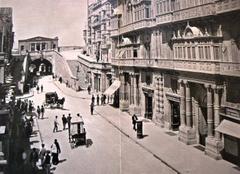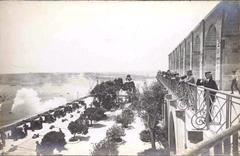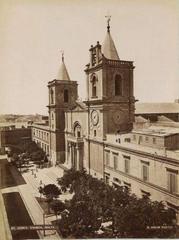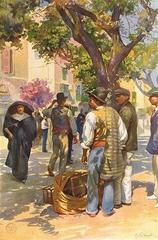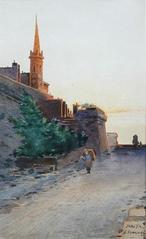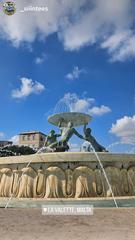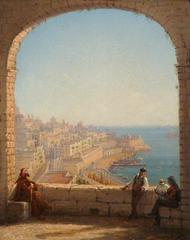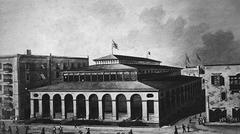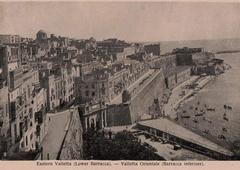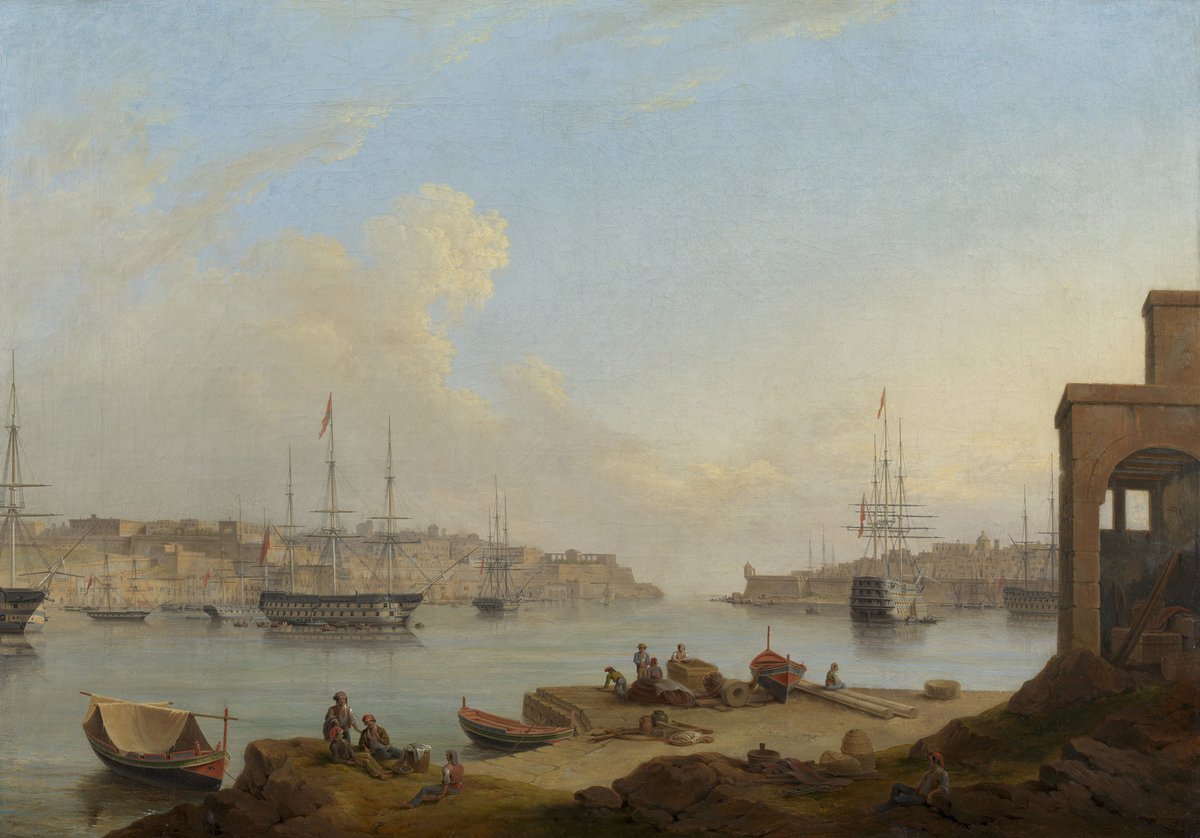
Lower Barrakka Gardens Valletta Malta: Visiting Hours, Tickets, and Travel Guide
Date: 14/06/2025
Introduction
The Lower Barrakka Gardens, perched on St. Christopher Bastion at Valletta’s southeastern edge, are one of Malta’s most cherished public spaces. Blending historical depth, architectural elegance, and natural beauty, the gardens offer panoramic vistas of the Grand Harbour, the Three Cities, and surrounding fortifications. Established in the 17th century and transformed into a public garden in the 19th century, the site is a living testament to Malta’s layered past—from the Knights of St. John through British colonial rule to the present day. With free daily admission, the gardens are an accessible highlight for both locals and travelers seeking tranquility, history, and inspiration in the heart of the capital (I-Access, Very Valletta, Visit Malta).
Contents
- Historical Background & Significance
- Key Attractions and Features
- Visitor Information (Hours, Tickets, Accessibility)
- Travel Tips & Nearby Sites
- Frequently Asked Questions
- Visuals and Media
- Summary & Recommendations
- Sources
Historical Background & Significance
Origins and Development
Dating back to the mid-17th century, the Lower Barrakka Gardens are older than Valletta’s Upper Barrakka Gardens. Initially known as barracca vecchia or “old barracks,” they served as a vantage point of military and ceremonial importance during the rule of the Knights of St. John. Roofed arcades once adorned the gardens, providing both shelter and sweeping views over the Grand Harbour (i-access.eu).
British Era and the Sir Alexander Ball Monument
Under British rule, the gardens gained prominence with the construction of the Sir Alexander Ball monument in 1810. Designed by Giorgio Pullicino in the Greek Doric style, this neoclassical structure commemorates Malta’s first Civil Commissioner and reflects the island’s transition from French to British sovereignty (veryvalletta.com). The monument’s design and placement underscore its importance as both an architectural and political symbol.
Public Space & Memorials
By 1821, the gardens had evolved into a beloved public park. Over time, they expanded to include memorials marking significant European events, such as the Hungarian Revolution and the Prague Spring, and a statue of Enea by Ugo Attardi. The gardens have also been the site of commemorations related to Malta’s pivotal role in World War II and British military history (malta.com).
Restoration and Preservation
Ongoing conservation efforts have ensured the gardens’ longevity, including restoration of the Sir Alexander Ball monument and enhancements to visitor pathways. Upgrades in the 20th and 21st centuries have improved both safety and accessibility while maintaining the gardens’ historical integrity (i-access.eu).
Key Attractions and Features
Neoclassical Sir Alexander Ball Monument
The central monument, inspired by the Temple of Theseus in Athens, stands as a striking focal point. Built from honey-colored Maltese limestone, it features four Doric columns and a triangular pediment, exemplifying early 19th-century neoclassical trends (Visit Malta).
Panoramic Terraces
The gardens’ arched loggia and balustraded terrace offer some of Malta’s most spectacular views—overlooking the Grand Harbour, Fort Ricasoli, Fort St. Angelo, and the Three Cities. The terrace is a favorite spot for both sunrise and sunset photography (Lonely Planet).
Classical Fountain & Mediterranean Flora
A circular fountain surrounded by benches and lush greenery forms the heart of the gardens. Mature olive trees, palms, bougainvillea, and other Mediterranean plants provide color, shade, and attract local birdlife, enhancing the gardens’ oasis-like quality.
Memorials and Artistic Elements
Plaques and statues throughout the gardens honor significant figures and events, such as the French poet Alphonse de Lamartine and the victims of the HMS Maori explosion. These memorials deepen visitors’ understanding of Malta’s interconnected history (Malta Uncovered).
Integration with Valletta’s Fortifications
Occupying a terrace built upon St. Christopher Bastion, the gardens blend seamlessly with Valletta’s formidable defenses, with original stonework and arched walkways still visible (Heritage Malta).
Visitor Information
Opening Hours
- Daily: 7:00 AM – 10:00 PM (including weekends and public holidays)
- Note: Some sources may list earlier closing times in winter; always confirm via official channels before visiting.
Admission
- Entry Fee: Free for all visitors.
Accessibility
- Wheelchair Access: Paved pathways and ramps make most areas accessible, though some sections may be challenging due to historic terrain.
- Facilities: Benches, shaded areas, drinking fountains, and public toilets are available. A refreshment kiosk offers snacks and drinks near the entrance.
Getting There
- Location: Southern tip of Valletta, atop St. Christopher’s Bastion.
- On Foot: 10-15 minutes from Valletta city gate; close to Republic Street.
- Public Transport: Main bus terminal is a 15-minute walk away. The Upper Barrakka Lift (fee applies) connects the waterfront to the upper city.
- By Car: Parking is limited and Valletta operates a restricted traffic zone (ZTL). Public transport or taxis are recommended.
Visitor Tips
- Best Times: Early morning for tranquility and cooler temperatures; evening for sunset and illuminated views.
- Weather: Mediterranean climate; bring sun protection and water in summer.
- Safety: The gardens are safe and regularly maintained.
- Photography: Permitted; use of drones or tripods may be restricted.
Travel Tips & Nearby Sites
- Upper Barrakka Gardens: Famous for the Saluting Battery and panoramic views.
- Siege Bell Memorial: A short walk away, commemorating Malta’s World War II history.
- St. John’s Co-Cathedral and Grandmaster’s Palace: Easily combined in a walking tour.
- Valletta Waterfront: Restaurants, shops, and cruise facilities accessible via the Upper Barrakka Lift.
Frequently Asked Questions (FAQ)
What are the opening hours?
The gardens are open daily from 7:00 AM to 10:00 PM. Confirm seasonal changes on official sites.
Is there an entrance fee?
No, admission is free.
Are the gardens wheelchair accessible?
Yes, most areas are accessible, but Valletta’s steep and cobbled streets may require assistance.
Are guided tours available?
Yes, local operators offer tours often combined with other Valletta sites.
Can I bring children?
Yes, the gardens are family-friendly, though supervision is advised near balustrades.
What is the best time to visit?
Early morning or late afternoon for the best light and peaceful atmosphere.
Visuals and Media
- Lower Barrakka Gardens panoramic view
- Sir Alexander Ball monument in Valletta
- Mediterranean flora in Lower Barrakka Gardens
For virtual tours and interactive maps, see official tourism websites.
Summary & Recommendations
The Lower Barrakka Gardens encapsulate Valletta’s historical and cultural richness, offering a tranquil oasis with breathtaking views, neoclassical architecture, and Mediterranean flora. Their accessibility, free admission, and proximity to major landmarks make them an essential stop for any visitor to Malta’s capital. Ongoing preservation ensures the site’s beauty and integrity for future generations. To enrich your experience, combine your visit with a stroll through nearby historical sites, and use digital resources like the Audiala app for up-to-date information.
Sources
- Lower Barrakka Gardens: A Historical and Cultural Gem in Valletta – Visiting Hours, Tickets & More, 2024, i-access.eu
- Lower Barrakka Gardens: A Must-Visit Valletta Historical Site with Panoramic Views and Rich Heritage, 2024, veryvalletta.com
- Lower Barrakka Gardens Visiting Hours, Tickets, and Comprehensive Visitor Guide to Valletta Historical Sites, 2024, visitmalta.com
- Lower Barrakka Gardens in Valletta: Visiting Hours, Tickets, Historical Sites, and Visitor Guide, 2024, maltauncovered.com
- Lower Barrakka Gardens, 2024, malta.com
- Lower Barrakka Gardens, 2024, vallettavibes.com
- Valletta Historical Sites and Heritage, 2024, Heritage Malta
